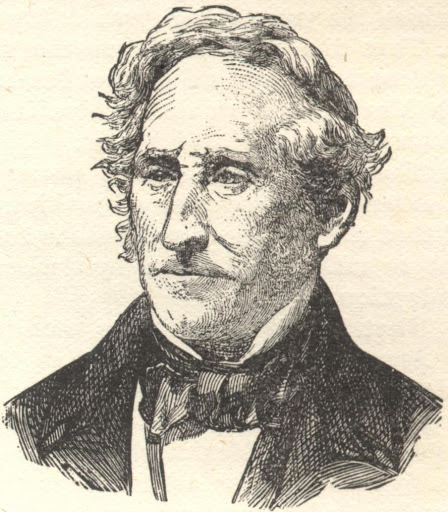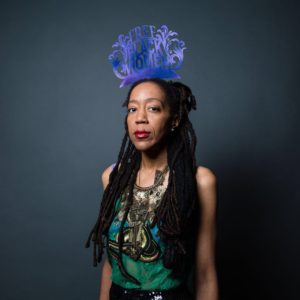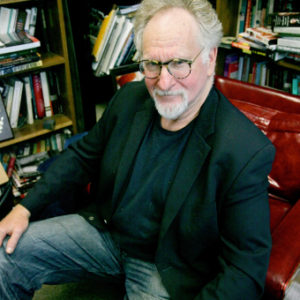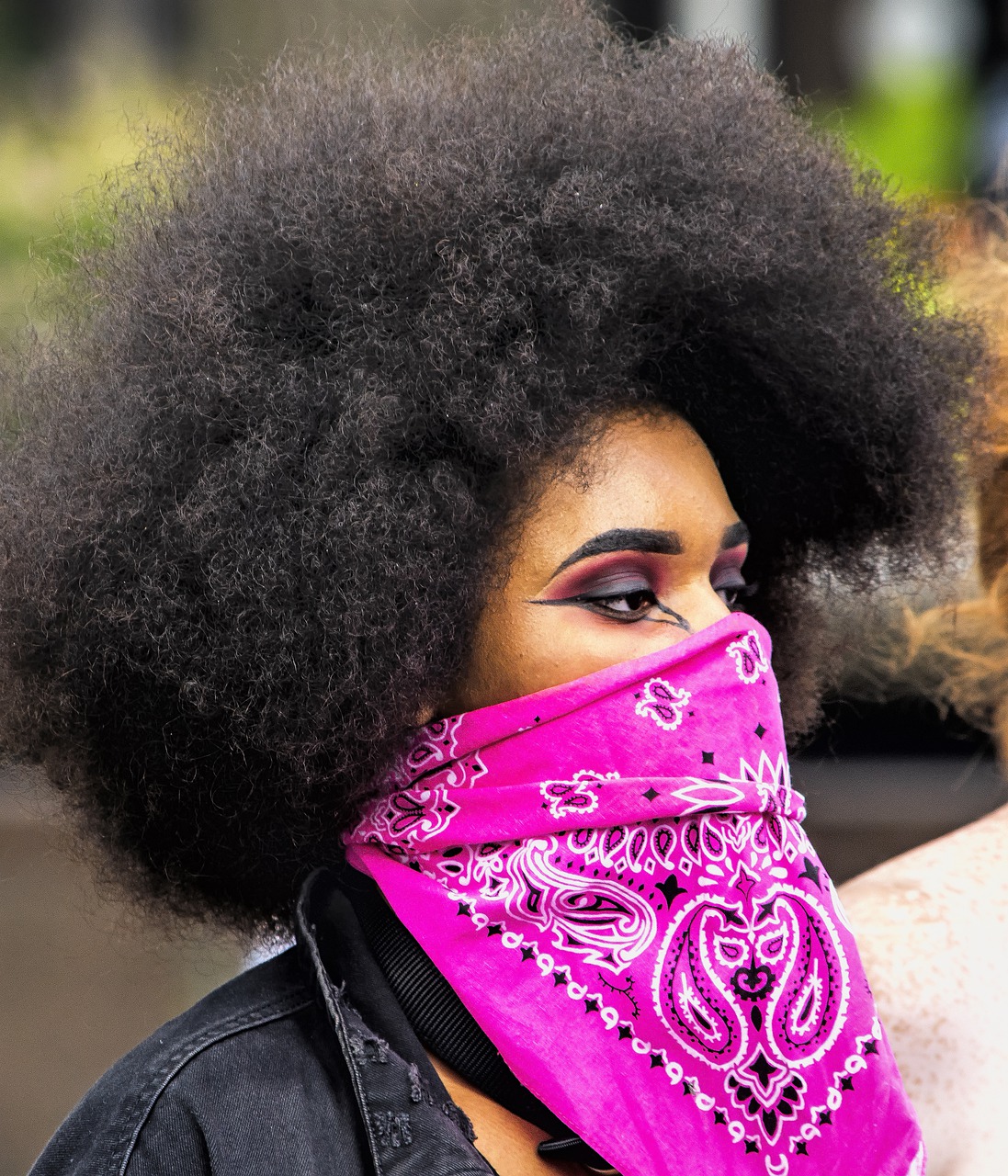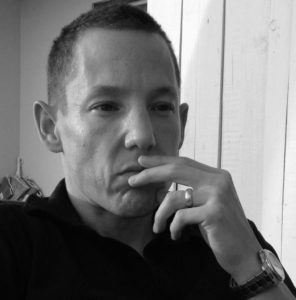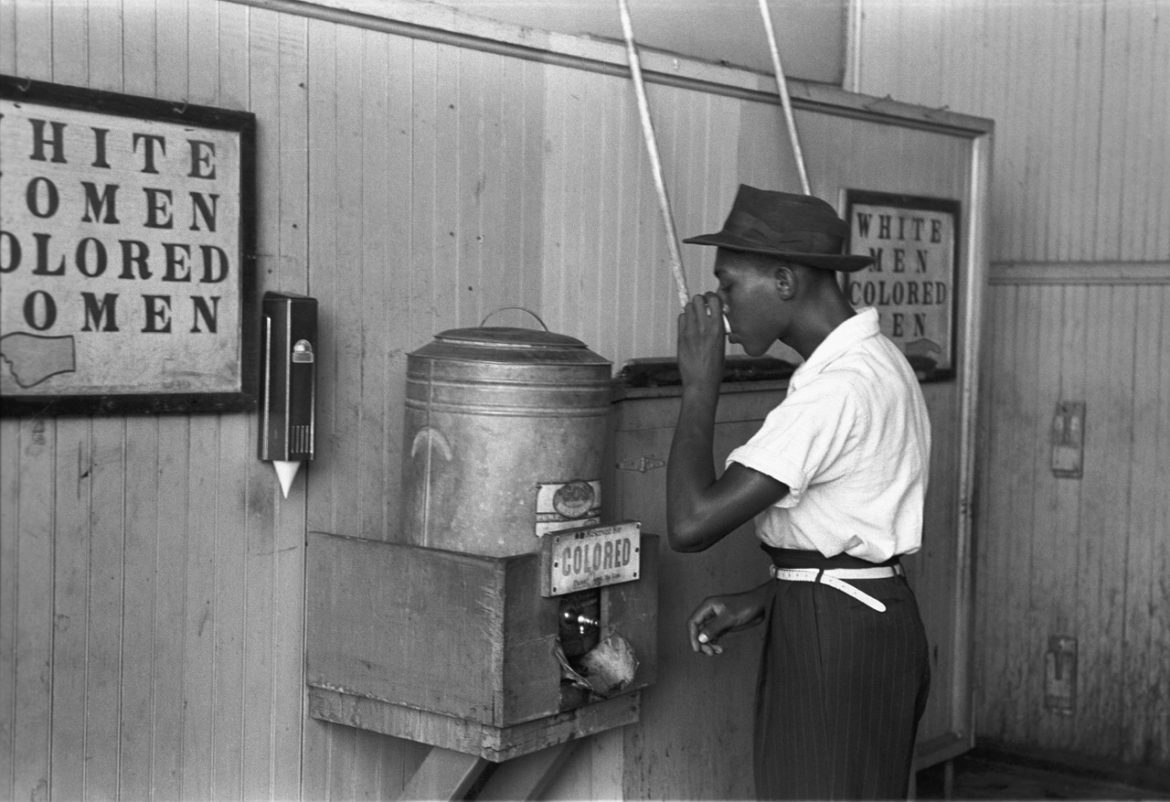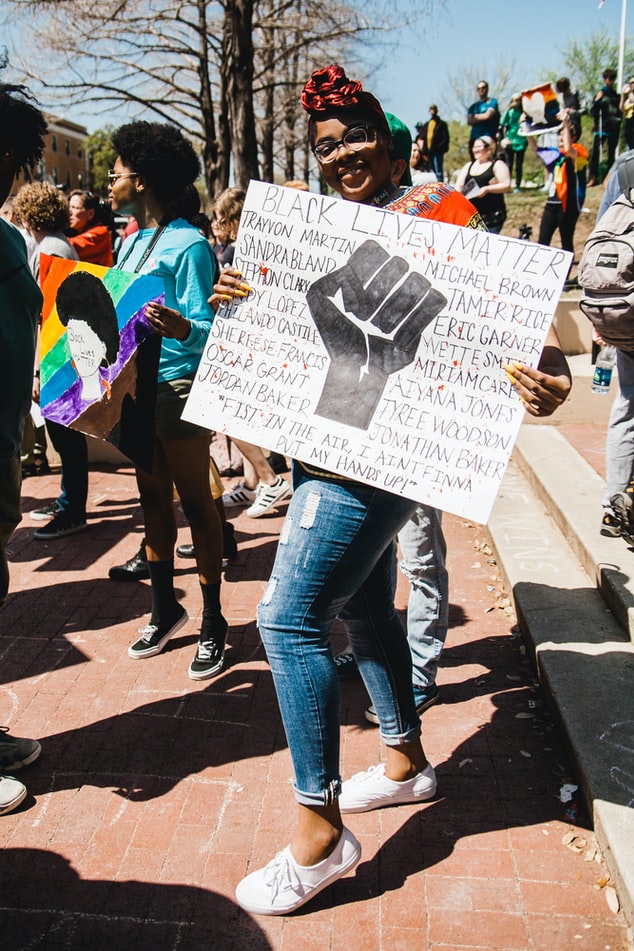By Joseph Orosco (June 3, 2020)
The past week has seen an explosion of urban uprising that has not been experienced in the US in decades. Almost 5000 people have been arrested nationwide in protests sparked by the killing of George Floyd at the hand of police in Minneapolis. What is unique about this moment is that a majority of Americans support the protests, in part, because they have seen the violent response of police forces all across the country. Even mainstream media outlets are calling the police response disproportionate and many more people are starting to consider the alternative of police abolition as a serious option.
The history of Mexican American people in the US is one that emphasizes the point that police violence is not recent problem created by the militarization of police forces or of white supremacist infiltration. In the mid 1800s, police forces were created specifically for controlling Mexicans and Mexican American citizens. The Texas Rangers were created during the Republic of Texas era specifically to do border patrol duty with Mexico and then later became a regular unit when Texas was absorbed into the United States. The story of the Rangers is a bloody one of lynchings, massacres, and disappearances. From 1915-1919, in a period named La Hora de Sangre, Rangers abducted and murdered hundreds of Mexican Americans with impunity.
In the 20th century, several cases are notable, not only for their brutality but also because of what they teach us about responding to police violence today.
Sleepy Lagoon and the Zoot Suit Riots
The first is the 1942 case of the Sleepy Lagoon murder in Los Angeles that was popularized in the play and film by Luis Valdez, Zoot Suit. Dozens of Mexican American youth were arrested for killing another Mexican American under very uncertain circumstances. By this point, the LAPD was notorious for police brutality and especially for being effective at creating a blue wall of silence to protect their own (one famous case that demonstrates this is). But what was significant about this episode was the treatment of the pachuco youth by the whole criminal justice system—police, prosecutors, social workers, and judges. During the trial, the Mexican American men were denied being able to speak to lawyers, they were not allowed to wear clean clothes to hearings, and were subjected to testimony by state “experts” who told the jury about the savagery of the Mexican people and their propensity to use knifes to cut and maim that went back to Aztec times. The girlfriends of the young men refused to testify against them in trial and were then taken away from their families without due process and put into state custody at reform school.
What this points out is that thinking about police state violence will require more than reforming police forces with better training or body cams and so forth. Sleepy Lagoon revealed that there are many sites of power within the criminal justice system that can coerce and harm individuals. Moreover, this case also reveals how institutional reform may not matter much without confronting the way white supremacy structures culture and everyday life. The state dehumanized those young men and women and played off the stereotypes of violent Mexican gangs to secure their imprisonment and family separation. Those stereotypes would just simply explode a year later when police and military forces persecuted Mexican American youth in the Zoot Suit riots of 1943. In other words, police state violence would not have been possible if many white citizens weren’t willing to tolerate it in order to keep Black and Mexican American youth in their place.
The Bloody Christmas Episode
LAPD police brutality against Mexican American youth continued and crested in 1951 with the Bloody Christmas episode (which became popularized in the 1997 film LA Confidential). A group of young Mexican American men were confronted in a bar by police and fought back against the officers that were harassing them. They were arrested and brought back to the city jail. During a drunken Christmas Eve party, dozens of LAPD officers formed a secret gauntlet in the basement of the jail and forced the defendants to run through it while they beat them with clubs. The torture went on for an hour and half and several defendants had broken bones and ruptured internal organs. They were then forced to pose in photos with the officers they had resisted.
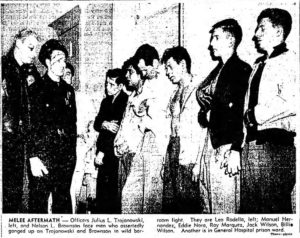
The LAPD expected this case to be covered up just like countless of other cases had been. However, the families of the defendants joined together and became part of a grassroots group called the Community Services Organization. The CSO had been organizing with Mexican American communities in Southern California for several years. When the families brought the CSO network to bear on their case, the city and FBI insisted on a review of the Bloody Christmas incident. In the end, a handful of LAPD officers were convicted of crimes and many were reassigned. It was one of the first times that the blue wall of silence was broken.
It should be noted on how CSO accomplished this victory. For some years, CSO had been conducting meetings in the homes of Mexican American families to inform them about issues and the power of collective community action. These meetings inspired thousands to see themselves as agents of change and not just passive subjects of state control. It had created a very successful voter registration drive that empowered thousands of Mexican American voters. CSO also encouraged multicultural alliances with other groups, namely Jewish cultural organizations and Black and Asian labor groups. This kind of solidarity enabled them to help to elect Ed Roybal to the LA City Council in 1949–one of the first Mexican American political officials in the city since the Mexican American War of 1848. Roybal was instrumental in getting pressure on the LAPD during the Bloody Christmas incident.
The organizer that helped to create this Mexican American political bloc was a man by the name of Fred Ross, Sr. He had gained a reputation about Mexican American communities because of helping them to mount a legal case in Southern California to desegregate public schools that went on to be a template for Brown v. Board of Education. After the victory of the Bloody Christmas, Ross went to San Jose to help form CSO chapters. It was there he met a young man by the name of Cesar Chavez, who later went on to become the national organizer for CSO for almost a decade before he helped to form the United Farm Workers with Dolores Huerta (who was also another CSO organizer).

(Cesar Chavez, Fred Ross, Luis Valdez, and Dolores Huerta)
Chicano Moratorium Against the Vietnam War
The last episode has eerie resonance with today’s uprisings. This year marks the 50th anniversary of the Chicano Moratorium March against the Vietnam War. The Chicano Moratorium was a nationwide group that came together in repose to the disprortionate numbers of Chicanx youth that were dying as casualties in the South Asian conflict. For months, the Chicano Moratorium group planned a huge march and rally in Los Angeles for August of 1970. When the day came, almost thirty thousand people showed up for the demonstration, making it one of the largest anti-Vietnam war protests in history. The march ended in a park, where there were speeches and performances. In a nearby neighborhood, there was a break-in of a local business and police were called. County and city officers responded by the dozens and they came with riot gear. Without warning or provocation, they rushed into the protest crowd, shooting tear gas, and indiscriminately beating people with clubs. There were several casualties, including the Chicano journalist Ruben Salazar, who was shot in the head with a tear gas projectile that was launched into an enclosed bar.

The casual nature of the police violence in this case, and the easy manner in which police were able to deploy weapons in a deadly way, demonstrated to many Chicanxs that mainstream America would not tolerate even nonviolent dissent from people of color.
Paths Forward Now
When we see the responses from police in today’s headlines we have to wonder whether anything has really changed in the last 50 years. The magnitude of the uprisings is certainly different, even if the state responses are not. The big question is how will the work on the street translate into the kind of institutional and cultural changes necessary to confront and end police violence?
Chicano leader Corky Gonzales presented an outline of reforms in his “El Plan del Barrio” in 1968, as part of his contribution to Martin Luther King, Jr.’s Poor People’s Campaign. He suggested a program of economic reforms that included housing, jobs, and wealth redistribution that surely merits revisiting today.
A further lesson from the Chicanx experience is the importance of organized communities, like those with CSO, that can support families who find themselves victims of police violence. Sleepy Lagoon, however, demonstrates the need for more sustained work, because police violence is just the tip of the iceberg of state coercion toward communities of color. The Sleepy Lagoon trial reveals the need to think about reforms in the training of lawyers in law schools, and election of prosecutors and local district attorneys and judges. We need also think about the education of social workers, and others charged with public health and child protective services, to make sure they understand the various forms of aggression, macro and micro, directed at young children and their families from society and the state. This would also involve looking at how juvenile justice programs are operating. Much of this is on the agenda of prison abolition projects around the country already, but that then also raises the topic of the corporate intervention in the prison industrial complex that profits off the dehumanization of youth of color and the politicians that benefit from those business entities. Finally, it also means that ordinary white folks need to seriously contend with lingering white supremacy in their families and communities, and everyone, include Chicanx/Latinx people, need to acknowledge and grapple with anti-Black racism that is a cornerstone of the white supremacy that harms us all. Educators will have to craft explicitly anti racist curriculums, and discussions will need to happen in homes, workplaces, and especially, communities of faith.
The experience of Chicanx communities shows us that police violence is not isolated or even recent; it is also not something that can be solved easily by focusing on entirely on the prosecution of a few “bad apples”, or on police force reform. I hope that this history does not make it seem like dealing with this problem is an overwhelming and impossible task. Rather, I hope that we can see that there are many places to get involved, many different sites of struggle, for our energies. But it will indeed be hard.



